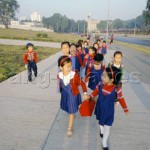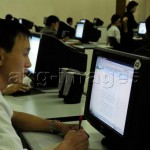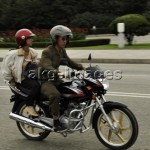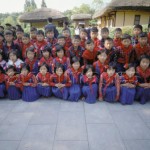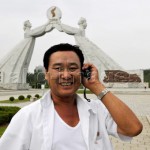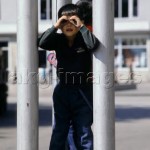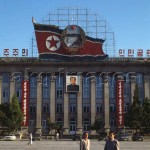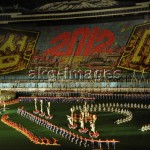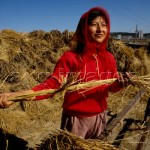North Korean Style
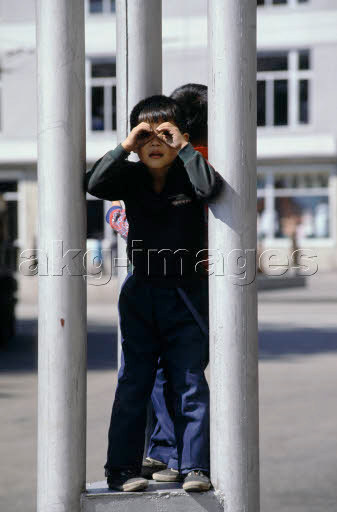
My young niece spent a fair amount of Christmas Day last year blaring out Psy’s Gangnam Style as loudly as she dared and asking us all to interrupt our Christmas Dinner to watch her “do the Gangnam Style dance”. By the end of December 2012 most of us had heard enough Gangnam Style for a lifetime, thank you very much, but there she was, defiantly galopping around the living room much to the bafflement of assembled grandparents, uncles and aunts.
This week, South Korea’s most famous pop star Psy premièred his (cough) long-awaited (cough) follow-up single, Gentleman. (You can click on that link to hear it although, if you’ve heard Gangnam Style, there’s no need: it doesn’t stray far from the original formula.) In other Korean news, Psy’s neighbours to the north and their new, young leader have stepped up their threats towards the USA and South Korea. North Korea has always been fond of rhetoric and bellicose pronouncements against the south but recent posturing from North Korea seems to have become more intense and threatening than ever before.
North Korea is fascinating because we know so little about it. Psy’s global domination of the pop charts in 2012 may seem unimportant, but it underlines just how different the two Koreas are. South Korean K-pop is flourishing, while North Korea seems to have not only an Iron Curtain surrounding it, but an Iron Curtain with a lead lining. Journalists piece together the snippets of information they know about the young leader Kim Jong-un and his advisers: his aunt Kim Kyong-hui especially so, not only because she’s the sister of Kim Jong-il and daughter of Kim Il-sung, but because she juggles her role as Secretary for Organisation of the Workers’ Party of Korea with her other job: running Pyongyang’s first and only fast-food burger bar.
For a country so closed off to the West, North Korea is surprisingly well represented in the akg archives. There are images from the East German ddrbildarchiv as well as from Russia’s RIA Novosti, perhaps not surprising given their Communist histories, but we also have series of colour images taken two decades apart by two different photographers. German photographer Erhard Pansegrau visited North Korea in 1989 and in 2009 Alain Noguès made a similar trip, visiting Pyongyang as well as the demilitarised zone that acts as an uneasy barrier between north and south.
What is so astonishing about the photographs is how little has changed in twenty years. The Grand People’s Study House in Pyongyang may have computer terminals now and people may carry mobile phones while admiring the Monument to the Three Charters for National Reunification, but the personality cult of former leaders remains and the sense of control and order in the state is palpable, even in still photographs. What North Koreans know about what is happening close by in Seoul and what they actually think about it is anyone’s guess. We can only wait and hope that the warmongering dies down and that North Korea retreats back behind its curtain of iron and lead before any nuclear mistakes are made.
